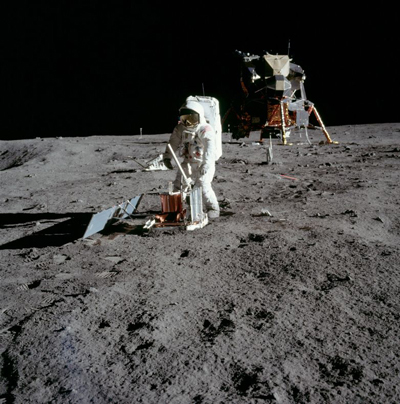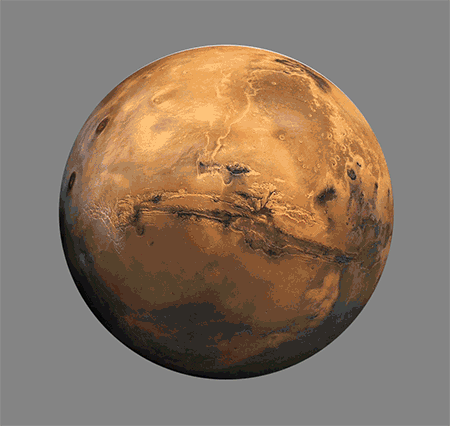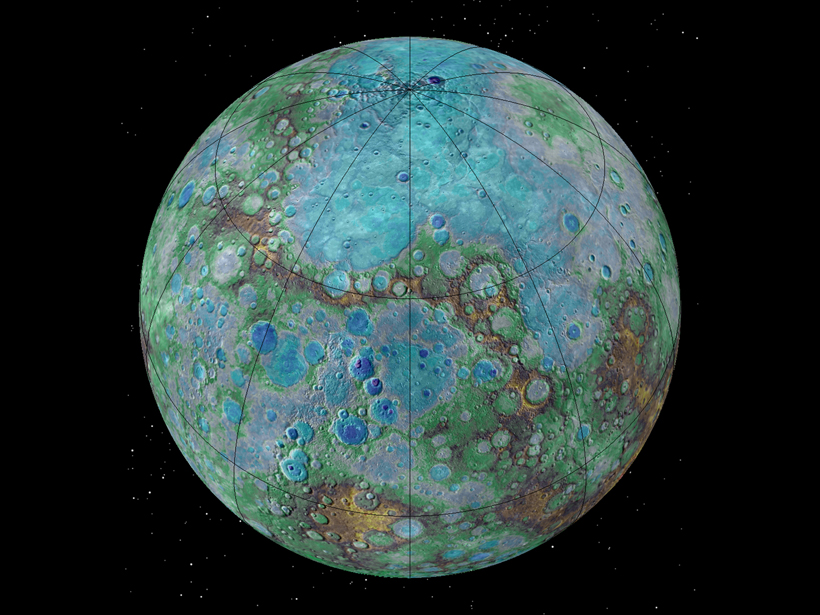Earth experiences millions of earthquakes every year, most too small to be felt. It is the only planet known so far to have plate tectonics, and most of our earthquakes occur where the plates come together, split apart, or slide against each other.
But quakes, shakes, tremors, and vibrations are by no means confined to Earth. Scientists have used measurements of seismicity and tectonics, past or present, to learn all about what lies beneath the surfaces of planets and to infer their geologic histories.
Here’s a snapshot of our not-so-surprisingly seismic solar system.
The centerpiece of our solar system, the Sun, is a boiling ball of plasma that pulses and vibrates at different frequencies. The study of how vibrations travel through the Sun, called helioseismology, and through other stars, called asteroseismology, teaches us about the interior structure of stars. Below, you can listen to three of the Sun’s harmonic acoustic waves converted into human hearing range by the Stanford Solar Center. (The waves play separately and are then overlaid.)
We learned a few years ago that Mercury is shrinking. A 2016 analysis of data from the now crashed Mercury Surface, Space Environment, Geochemistry, and Ranging (MESSENGER) mission revealed small thrust fault scarps that cut across Mercury’s many craters. The placement of the small scarps suggests that our solar system’s smallest planet is tectonically active today because it’s shrinking.

Venus is a tectonic puzzle. Right now it has no tectonic plates—and, in fact, it may never have had them. It has many recognizable tectonic features on its surface like faults and folds, but those features may have come from other processes like mantle convection or volcanoes. We have not seen any venusquakes yet, but scientists speculate that we might be able to remotely detect them as their vibrations ripple through Venus’s thick atmosphere.
Apollo 11’s Passive Seismic Experiment was the first seismometer placed on the Moon. From it and subsequent Apollo seismometers we learned that the Moon experiences four types of moonquakes. The deep quakes from tidal stretching, vibrations from impacts, and thermal quakes from day-night temperature shifts are relatively harmless. Shallow, strong, and long-lasting quakes of unknown origin—the fourth kind—might affect future explorers.

Mars just recently joined the ranks of planets known to be seismically active. NASA’s Interior Exploration using Seismic Investigations, Geodesy and Heat Transport (InSight) lander placed a seismometer on Mars’s surface and measured its first marsquake in April 2019. After it kicked off the new scientific field of Martian seismology, InSight continued to detect quakes so small they’d be hidden within the background noise of Earth’s oceans.
Saturn has its own unique set of seismometers: its rings. “Some wave structures in Saturn’s rings are sensitive to the gravity field of Saturn,” the Planetary Society’s Emily Lakdawalla explained. Vibrations within Saturn will propagate into the rings as waves, ripples, and twists like an earthquake shaking piano strings. Recently, this kind of ring seismology let scientists pin down Saturn’s interior structure and measure the length of a Saturnian day for the first time. Below, fly above Saturn’s rings with this compilation of images from the Cassini spacecraft.

You don’t have to be a planet to have tectonics: Pluto is currently geologically active. Data from NASA’s New Horizons spacecraft when it flew through the Pluto system in 2014 revealed a complex set of geological features, including faults. There is no evidence for strike-slip faults or compressional tectonics, but it’s likely that Pluto’s surface is undergoing stress fractures as a liquid water ocean partially freezes and thaws beneath the icy crust.
—Kimberly M. S. Cartier (@AstroKimCartier), Staff Writer
Citation:
Cartier, K. M. S. (2019), Our seismic solar system, Eos, 100, https://doi.org/10.1029/2019EO132609. Published on 10 September 2019.
Text © 2019. AGU. CC BY-NC-ND 3.0
Except where otherwise noted, images are subject to copyright. Any reuse without express permission from the copyright owner is prohibited.

